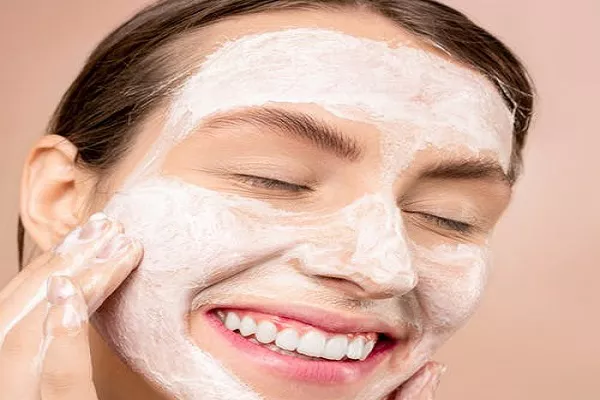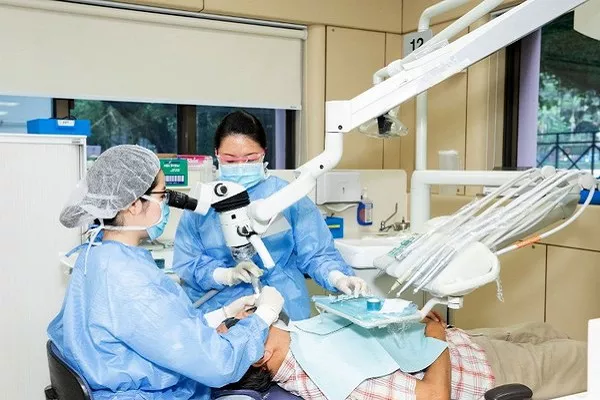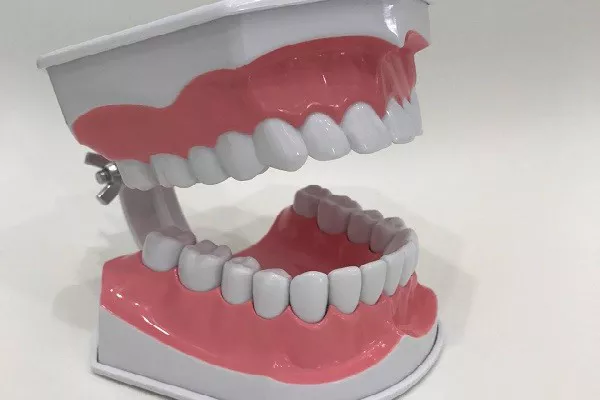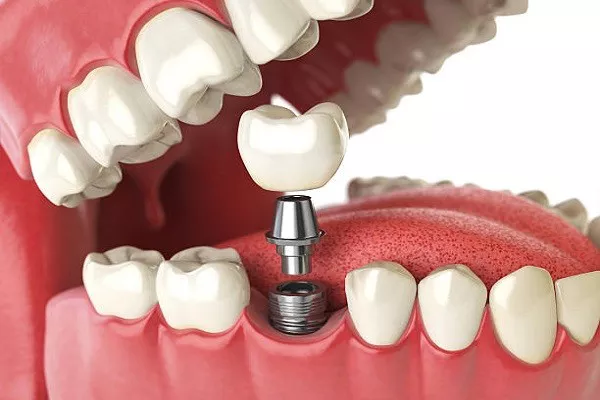Periodontitis and gingivitis are both forms of gum disease that can cause damage to the gums and teeth if left untreated. While the two conditions share some similarities, there are also some distinct differences in their symptoms and severity.
According to various web articles, gingivitis is the milder of the two conditions and is characterized by red, swollen, and bleeding gums.
It is caused by the buildup of plaque and bacteria on the teeth and gums and can often be reversed with proper oral hygiene practices such as brushing and flossing, as well as regular dental checkups and cleanings.
Periodontitis, on the other hand, is a more severe form of gum disease that can cause irreversible damage to the gums and bones supporting the teeth.
In addition to symptoms such as red, swollen, and bleeding gums, periodontitis can also cause receding gums, loose teeth, and bad breath.
To determine if you have periodontitis or gingivitis, it is important to schedule an appointment with a dental professional.
During the appointment, the dentist will examine your teeth and gums and may take X-rays to assess the extent of any damage.
Treatment for both gingivitis and periodontitis typically involves professional dental cleaning, known as scaling and root planing, to remove the buildup of plaque and bacteria from the teeth and roots.
In addition, proper oral hygiene practices such as brushing and flossing are essential in managing and preventing further damage.
If left untreated, gingivitis can progress to periodontitis, so it is important to seek treatment as soon as possible if you suspect you have either condition.
In conclusion, gingivitis and periodontitis are both forms of gum disease that can cause damage to the gums and teeth if left untreated. While both conditions share some similarities in symptoms, periodontitis is a more severe form of the disease that can cause irreversible damage. A dental professional can diagnose and provide treatment options for both conditions, which may involve professional cleaning and proper oral hygiene practices.
































